Solar router - 5 reviews to help you choose
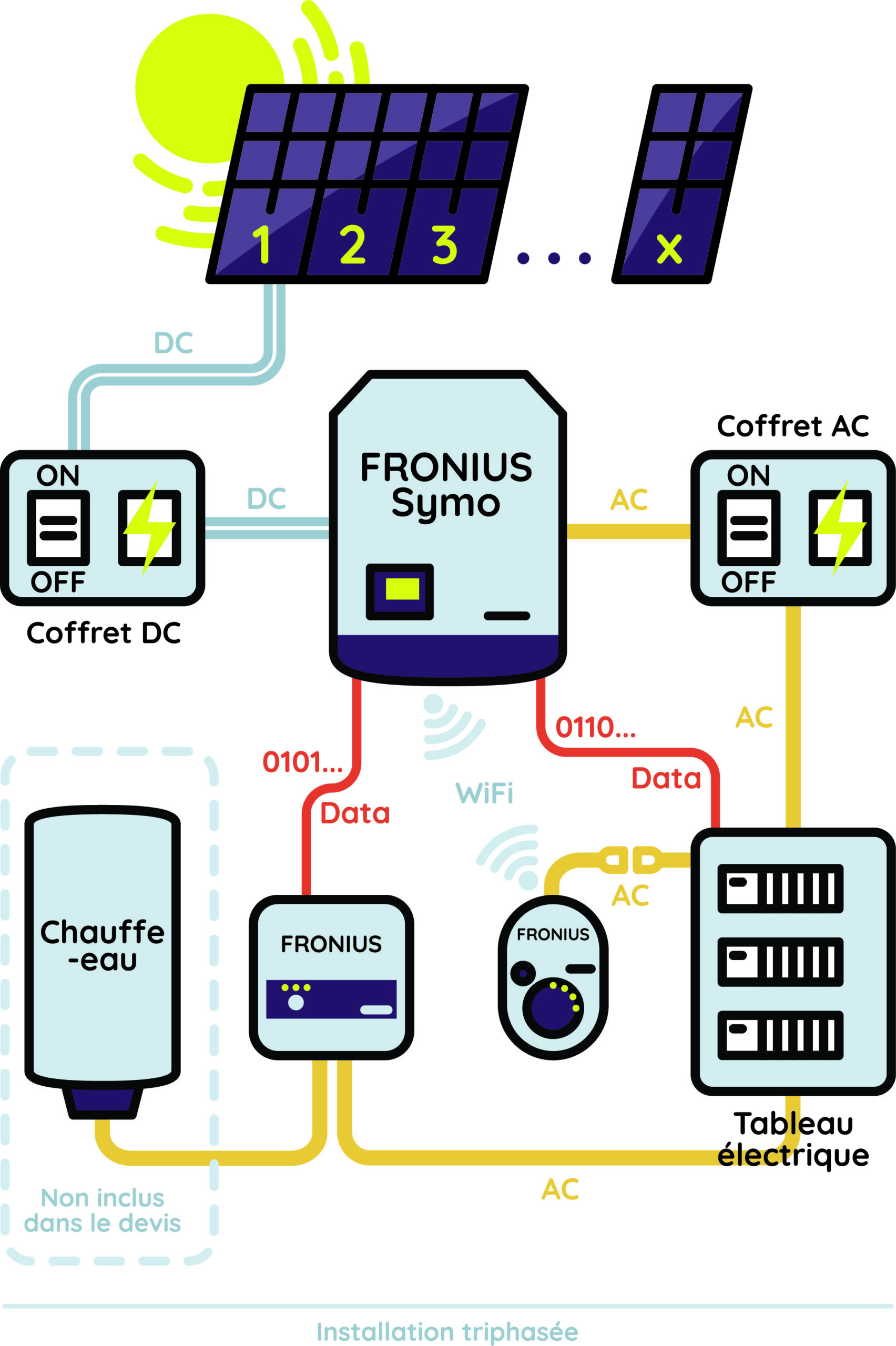
As you local French / English speaking solar installers in Toulouse we pride ourselves in making your solar installations work as hard as they can for your financial benefit. This article is on the subject of Routeur Solaire
In France it is always more financially interesting to use the electricity produced by your solar system yourself than to export it and buy it back later. The reason is simple, at the time of writing, most domestic consumers are being paid only half their cost price for exported electricity. So EDF will buy a kWh from you a midday at 13 centimes and sell it back to you at midnight for 26! Sounds like good business for EDF, right! Well, as much as we like to support our public services here in France it is important not to impoverish ourselves too much whilst doing it. So to avoid buying the electricity back later on we shift its time of use instead. There are few ways to do this; install a battery, charge a battery on wheels (otherwise known as an electric car), run a swimming pool pump or . . . . heat water!
Over the years we have tried many different ways of doing this and we are here to share our experiences with you, so that you can see that we really understand the complex topic of heating water via a Routeur Solaire.
So what is a Routeur Solaire?
Un Routeur Solaire est un dispositif qui achemine l’électricité excédentaire produite par votre système solaire vers un endroit autre que le réseau public (c’est-à-dire qu’il empêche son exportation). Il convient d’expliquer ce que nous entendons par électricité excédentaire… . Lorsqu’un onduleur solaire génère du courant alternatif à partir du courant continu produit par les panneaux solaires, il le fait à une tension légèrement supérieure à celle du réseau. Cela signifie que tous les appareils allumés à proximité de l’onduleur absorberont toute l’électricité qu’il produit avant que cette énergie ne puisse s’écouler vers le réseau. Le rôle d’un routeur solaire est donc de créer une demande d’électricité dans votre maison qui, ajoutée à la demande des appareils que vous utilisez comme vous le souhaitez, est égale à la production totale de l’onduleur. La façon classique pour un routeur solaire de faire cela est de le mettre en route une charge résistive, telle qu’un thermoplongeur. En utilisant un thyristor pour les contrôler, leur puissance peut varier de leur maximum jusqu’à 100W.
Now for some things specific to installations in France that you need to be aware of:
Dans la plupart des Chauffe-eau, les thermoplongeurs sont installés tout en bas, ce qui signifie qu’ils chauffent l’ensemble du réservoir. Contrairement à d’autres régions d’Europe où le thermoplongeur est installé à mi-hauteur du réservoir. Dans les pays autres que la France, le thermoplongeur est considéré comme une simple forme de chauffage d’appoint, au cas où la source de chaleur branchée au fond du réservoir (par l’intermédiaire d’un échangeur de chaleur à serpentin) ne serait pas disponible pour faire son job. Les chauffe-eau français sont donc parfaitement adaptés au routeur solaire car ils offrent le plus grand volume d’eau possible dans lequel nous pouvons stocker notre production photovoltaïque excédentaire. Le chauffage électrique pur a toujours été privilégié en France, principalement parce qu’il donne à EDF quelque chose à faire avec les masses d’énergie nucléaire qui sont produites jour et nuit dans leur centrale nucléaire.
The electrical supply to the hot water heater can be three phase or it can be single phase. We always recommend using a three phase immersion heater with a three phase inverter, were you to use a single phase routeur solaire as part of an installation with a three phase inverter you would only be able to capture a third of your surplus production, not a great way to achieve the hallowed ‘payback’!
The immersion heaters themselves can have simple mechanical thermostats or more complex electronic controllers. Avoid the later like the Covid-19! They will not work with a routeur solaire.
Here are the five models of routeur solaire that we have worked with.
Listed in reverse order, you will find the ones that we offer our clients today at the bottom of this list. We’ve graded them each in the following areas:
DIY or Pro - Would a capable home owner be able to install the device or should it be left to a professional?
Accuracy of response – Depending on the quality of the equipment the device will be able to react faster to match the use of surplus production (surplus being that which is not used by appliances in the house) more closely.
Build quality – How well designed and constructed is the device, are the materials used of high quality or not, how easy is it to install?
Additional equipment needed – Is this the only component needed to make the routeur solaire work?
Communication system – How does the device gather the information that it needs to make decisions about the amount of surplus power it should use?
Phases - Can single or three phase resistive loads be connected?
Remote monitoring – Can data about the device's activity be seen via the World Wide Web?
Control of additional devices possible – Can the Routeur solaire only control a heating element or are other devices possible?
Support available – How easy is it to get technical support for the device in France?
5. EKOSIA PV Mate
If you have a small single phase installation and the LINKY is close to the consumer unit, which is also close to the chauffe-eau, you could consider this routeur solaire, but there are definitely better products available.
- For DIYers
- Accuracy of response - Mediocre
- Build quality - Mediocre
- Additional equipment necessary - No, will work with any inverter
- Communication system - Radio, can be a problem with thick walls
- Phases - Monophase only
- Remote monitoring - No
- Support available - No, possibly by the supplier
- Possibility of controlling other appliances - Yes, an additional heater can be controlled - NB you cannot use both outputs at the same time!
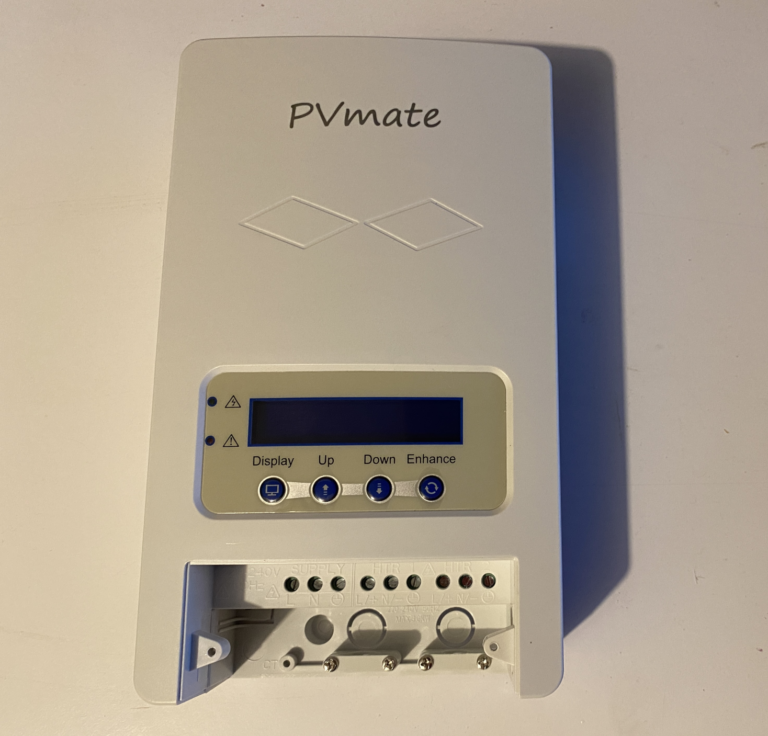
4. Ard-tek - M'SunPV
This is a fantastic solaire routeur built by a French artisan electronics engineer who is clearly passionate about his work and his creations. To place an order you have to join his forum here.
Be aware that he only makes 20 or so devices per month, so you will need to wait your turn.
- For DIYers
- Accuracy of response - Excellent
- Build quality - Good
- Additional equipment necessary - No, will work with any inverter
- Communication system - Wired
- Phases - Monophase only
- Remote monitoring possible - Yes, but requires networking knowledge
- Support available - Yes, via the online forum
- Possible to control additional devices - Yes, see the forum for more details
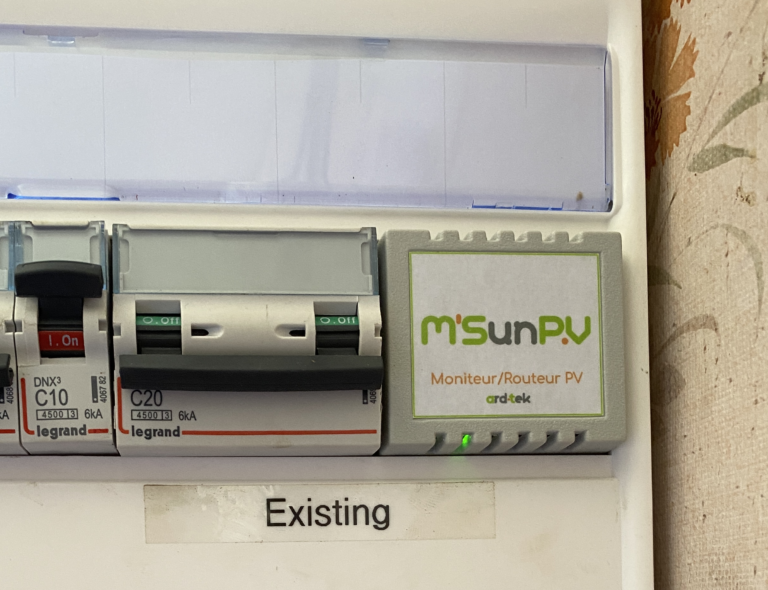
3. SOLAREDGE -SMRT-HOT-WTR-30-S2
Good quality routeur solaire with an excellent web interface. Its a shame that Solaredge turned up on this list, otherwise we would still be installing their equipment.
- For professionals
- Accuracy of response - Excellent
- Build quality - Excellent
- Additional equipment necessary - Yes, SOLAREDGE inverter, a SOLAREDGE smart meter and a wireless communication card for the inverter (either ENET or Zigbee)
- Communication system - wired between the smart meter and the inverter. Wireless between the inverter and the routeur solaire
- Phases - Monophase only
- Remote monitoring - Yes
- Support available - Yes, by telephone or email
- Possible to control additional devices - Yes
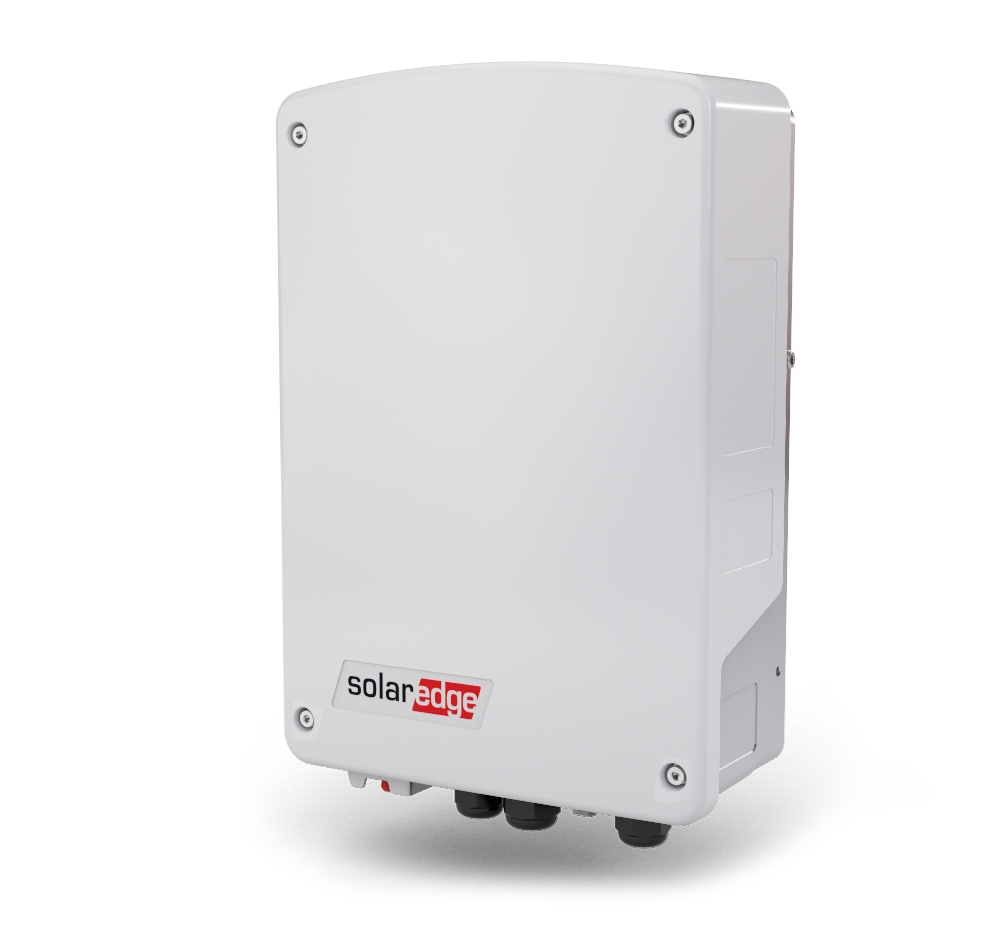
2. SmartFox Pro 2
A very versatile solaire routeur which can be used in conjunction with inverters of any make. The only drawback is that most of the supporting documentation is only available in German. Also, at the time of writing, the mobile application needs a bit of work to become more user friendly.
- For professionals
- Accuracy of response - Excellent
- Build quality - Excellent
- Additional equipment needed - Yes, a SmartFox thyristor
- Communication system - Wired
- Mono and Three phase
- Remote monitoring - Yes
- Support available - Yes, by email only
- 4 additional relay outputs, the device can also control certain electric car chargers
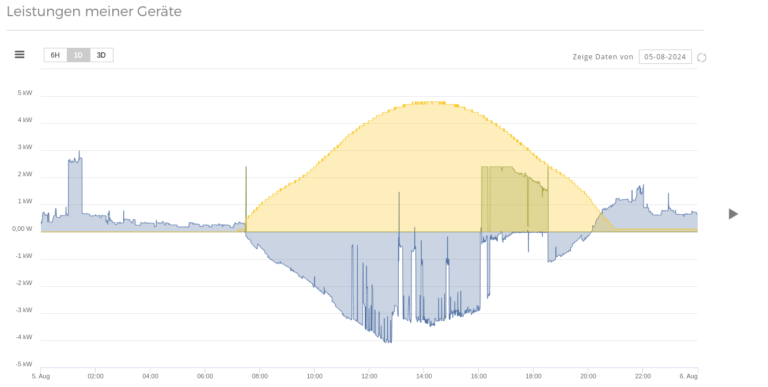
1. Fronius - Ohm pilot
This is our premium product offering, it meets all Elements Energy’s requirements of a solaire routeur to adapt to our clients needs, maximise their savings, be well made, reliable and well supported in the event of a problem.
- For professionals
- Accuracy of response - Excellent
- Build quality - Excellent
- Additional equipment needed - Yes, a Fronius inverter
- Communication system - wired between the smart meter and the inverter. Wired or wireless between the inverter and the routeur solaire
- Mono and Three phase
- Remote monitoring possible - Yes, all the data is displayed on the Fronius app
- Support available - Yes, email, telephone and a dedicated SOS website
- A second resistive load can be targeted as soon as the first one has had enough - NB you can't use both outputs at the same time!
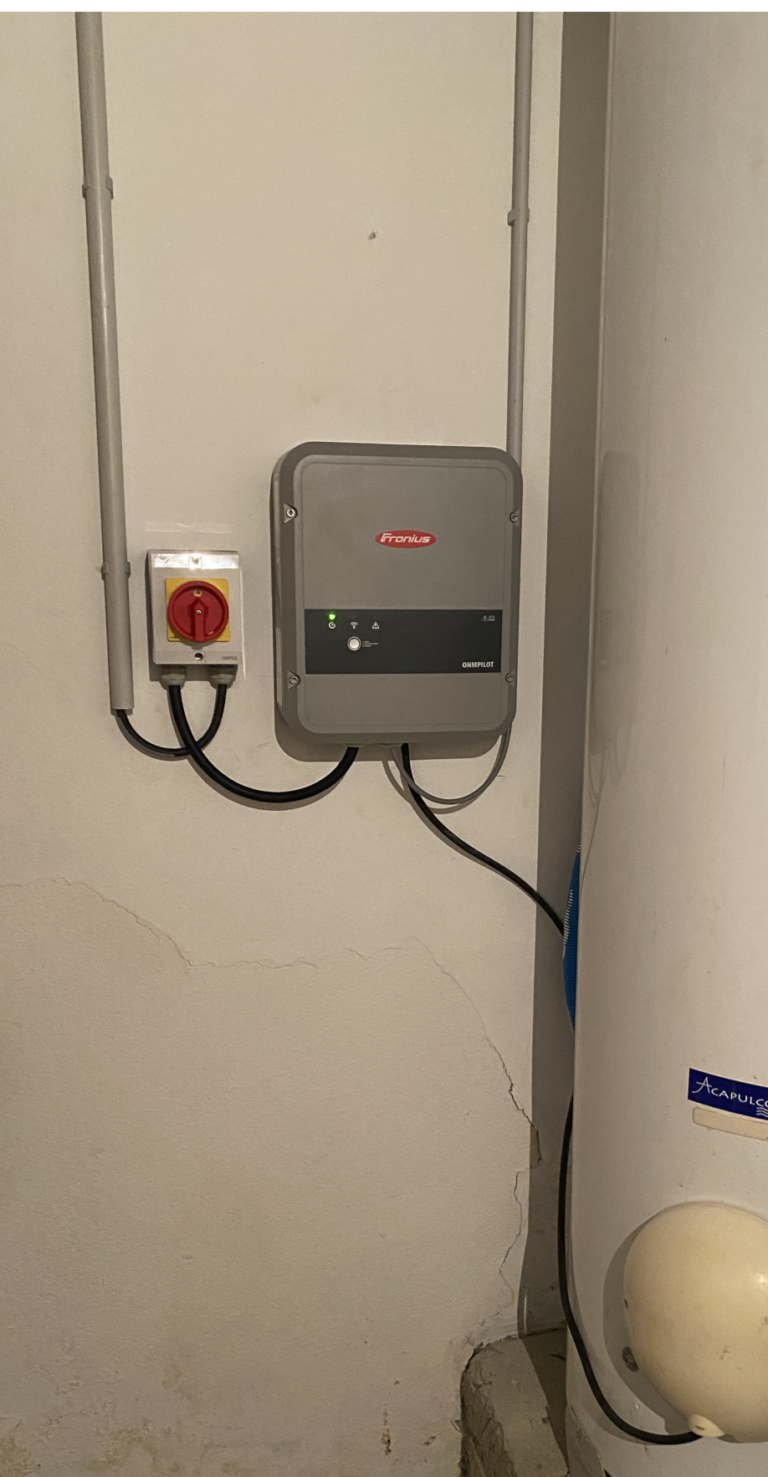
We offer full installation and service of the last two routeur solaires, don’t hesitate to get in touch with us for a quote.